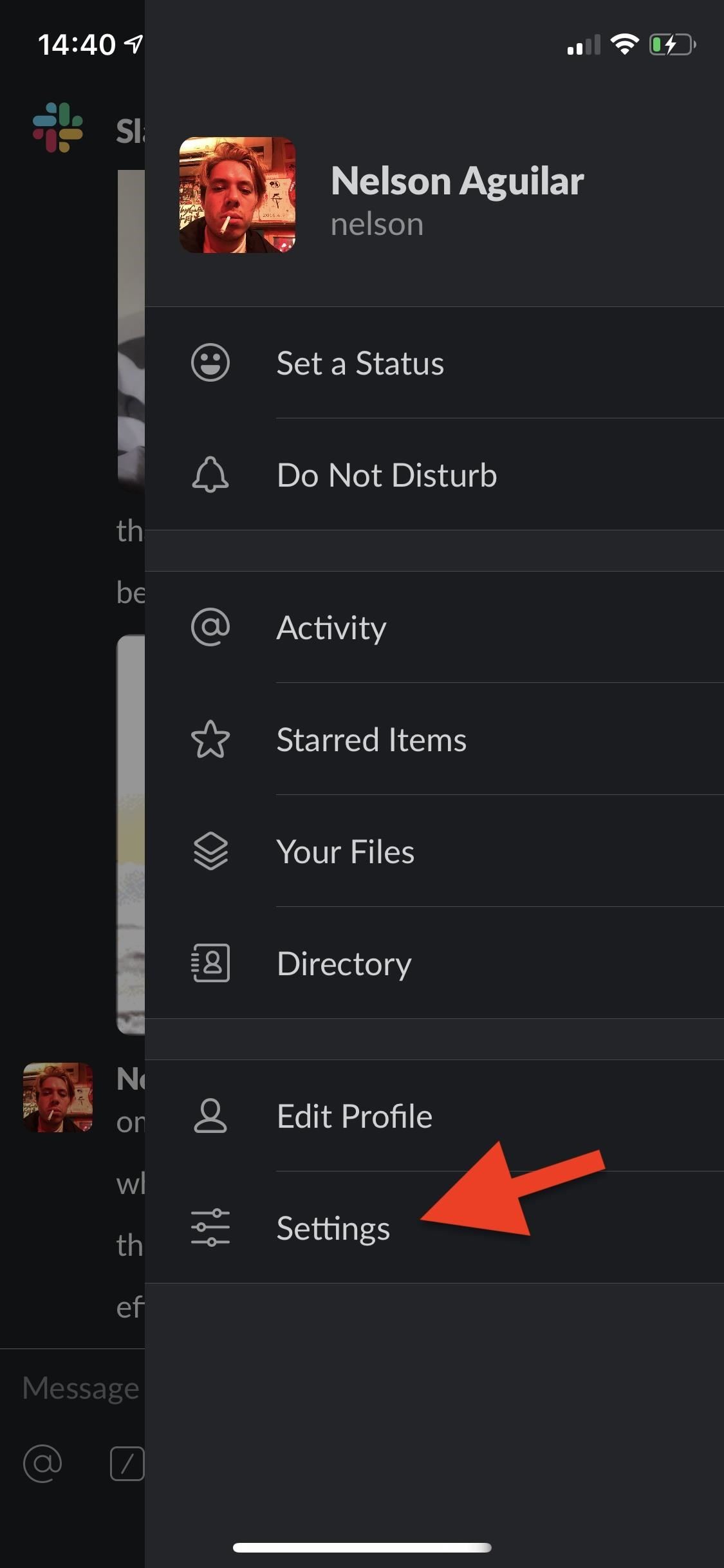
If you are using a new Slack interface, use the 2.0 version instead. Another thing to note is that the dev has released another extension for new Slack users. Note that you can only delete your own messages and not the ones sent by others.

Select the channel you want to delete messages from before you do it. Click on the Slack extension icon and select Delete MY messages option. It should work on any Chromium browser including Chrome and Brave.

Click on the link below to open and install the Message Delete for Slack extension. It seems that there is a Chrome extension for everything.

Message Deleter for Slack (Chrome Extension) # That said, let’s begin.Īlso Read: Slack Desktop Apps Now Has a Dark Mode Delete Slack Messages in Bulk # 1. But if you are the admin or owner of the channel, you can delete other users’ messages too (except messages indirect message users). Other is the saved messages and storage limit that Slack has for different account holders based on plans.īefore we begin, keep in mind, If you are a regular Slack user, you can only delete your messages. Delete sensitive conversations that you don’t want others to access, even accidentally. We have a few ways to get rid of old Slack messages in bulk but why you need to delete them? One reason can be privacy and security. (I think Chrome can do this by itself on other platforms.Users have been complaining about this issue but to no avail. Other solutions that I know of don't save passwords, or don't keep password/cookie stores separated between the browser instances. It is incredibly useful, and the only thing I worry about is that on macOS (my main workstation OS) there is only one good solution for this I know of: Epichrome, which seems to be a one-man side project:

For production type apps you can disable saved passwords entirely. the browser handling AWS doesn't need to store or have access to the pasword for my Google account, and so on. Plus you can keep your cookies and saved passwords isolated between the environments. You can easily keep switch between groups of windows, or keep them in their own workspace/desktop, etc. The OS does a much better job of partitioning windows and groups of windows than a browser typically does. Google Docs (for work, and the rare personal use of Google stuff can just happen in one of the general browsers I am using) For instance, I use a site-specific browser for:


 0 kommentar(er)
0 kommentar(er)
